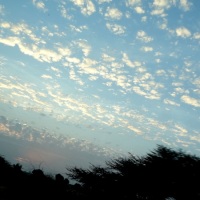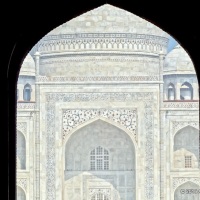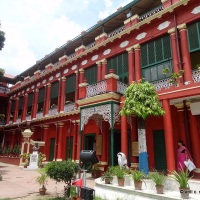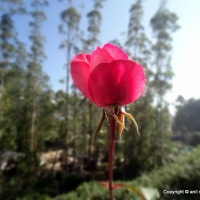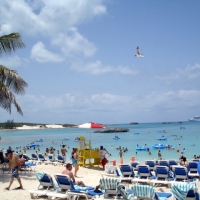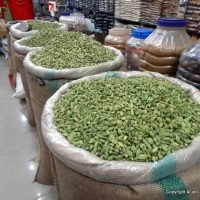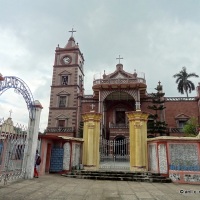New Delhi
 Yoga Postures at IGI Airport, New Delhi
Yoga Postures at IGI Airport, New Delhi
 Wooden artworks (Indian Elephants) at Indira Gandhi International Airport, New Delhi.
Wooden artworks (Indian Elephants) at Indira Gandhi International Airport, New Delhi.
India Gate, New Delhi, India
The India Gate, originally called the All India War Memorial, is a war memorial located astride the Rajpath, formerly called Kingsway. India gate is a memorial to 82,000 soldiers of the undivided British Indian Army who died in the period 1914–21 in the World War-I, in France, Flanders, Mesopotamia, Persia, East Africa, Gallipoli and elsewhere in the Near and the Far East, and the Third Anglo-Afghan War. 13,300 servicemen’s names, including some soldiers and officers from the United Kingdom, are inscribed on the gate.
The India Gate, even though a war memorial, evokes the architectural style of the triumphal arch like the Arch of Constantine, outside the Colosseum in Rome, and is often compared to the Arc de Triomphe in Paris. It was designed by Sir Edwin Lutyens. Raj Ghat
Raj Ghat
Raj Ghat is a memorial to Mahatma Gandhi. Originally it was the name of a historic ghat of Old Delhi on the banks of Yamuna River. It is a black marble platform that marks the spot of Mahatma Gandhi’s cremation, last rites on 31 January 1948, a day after his assassination. It is left open to the sky while an eternal flame burns perpetually at one end. It is located on the banks of the river Yamuna in Delhi in India onRing Road officially known as Mahatma Gandhi Road. Rashtrapati Bhavan (Presidential Residence of the President of India). Photo credit : Lakun Patra via Wikipedia
Rashtrapati Bhavan (Presidential Residence of the President of India). Photo credit : Lakun Patra via Wikipedia
The main palace building was formerly known as Viceroy’s House. In terms of area, it is the second largest residence of a Head of State in the world after the Quirinal Palace in Rome. The decision to build a residence in New Delhi for the British Viceroy was taken after it was decided in 1910 that the capital of India would be shifted from Calcutta (now Kolkata) to Delhi in the same year. Red Fort New Delhi
Red Fort New Delhi
The Red Fort was constructed by Shah Jahan in 1648. It was the residence of the Mughal emperor of India for nearly 200 years, until 1857. It is located in the centre of Delhi and houses a number of museums. In addition to accommodating the emperors and their households, it was the ceremonial and political centre of Mughal government. It was declared a UNESCO World Heritage Site in 2007.
The Red Fort is an iconic symbol of India. On the Independence Day of India (15 August), the Prime Minister of India hoists the national flag at the main gate of the fort and delivers a nationally-broadcast speech from its ramparts.
Qutb Minar
 Close up of Qutb Minar
Close up of Qutb Minar
Qutb Minar complex Qutb Minar, also written as Qutub Minar or Qutab Minar, is the 2nd tallest minar in India after Fateh Burj in Chappar Chiri at Mohali which stands 100 meters tall. Qutb Minar is a UNESCO World Heritage Site.
Qutb Minar, also written as Qutub Minar or Qutab Minar, is the 2nd tallest minar in India after Fateh Burj in Chappar Chiri at Mohali which stands 100 meters tall. Qutb Minar is a UNESCO World Heritage Site.
Qutb Minar is made of red sandstone and marble. The stairs of the tower has 379 steps, 72.5 metres (237.8 ft) high, and has a base diameter of 14.3 metres, which narrows to 2.7 metres at the top. Construction was started in 1193 by Qutb-ud-din Aibak and was carried on by his successor,Iltumish In 1368, Firoz Shah Tughlaq constructed the fifth and the last storey. It is surrounded by several other ancient and medieval structures and ruins, collectively known as the Qutb complex.
Ancient and medieval structures and ruins found at Qutb Complex.
Views of the Lotus Temple

PAGE UNDER CONSTRUCTION





